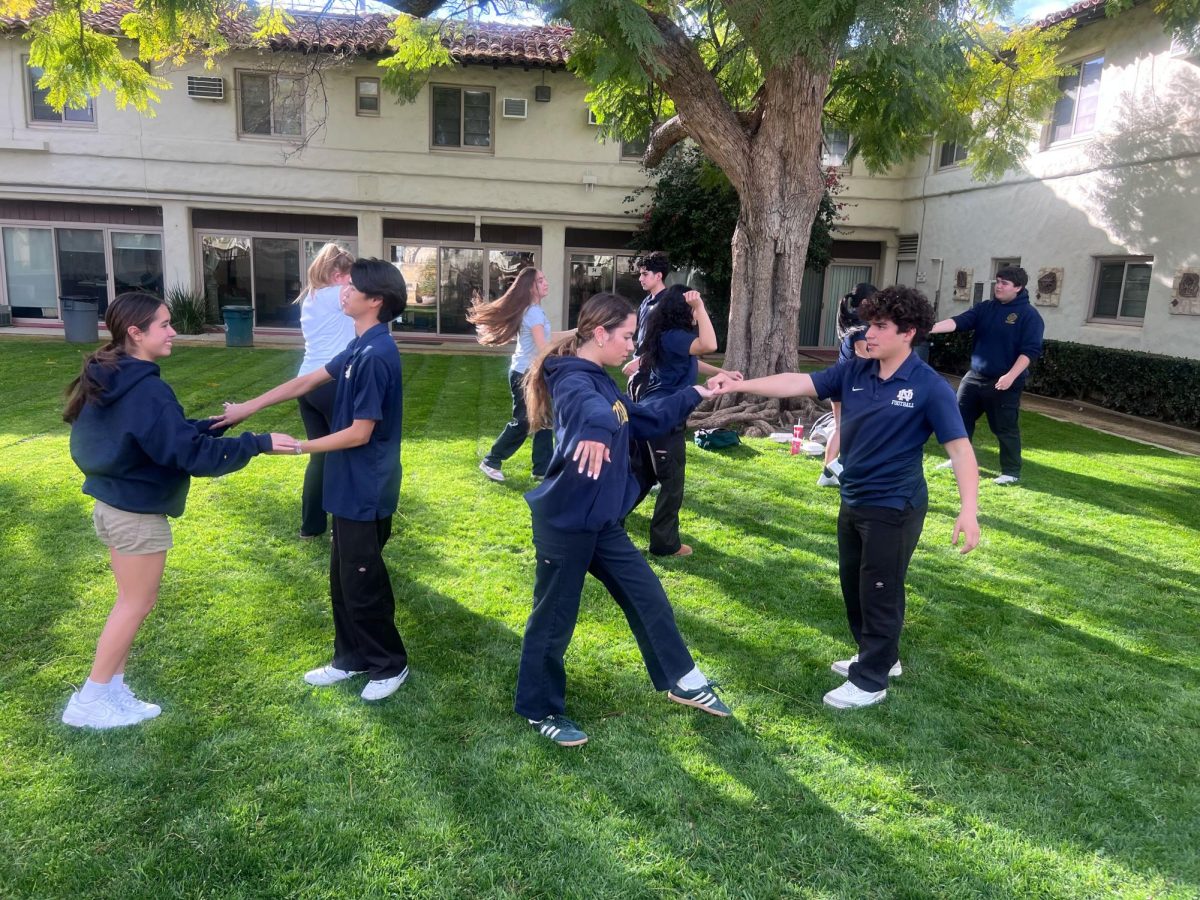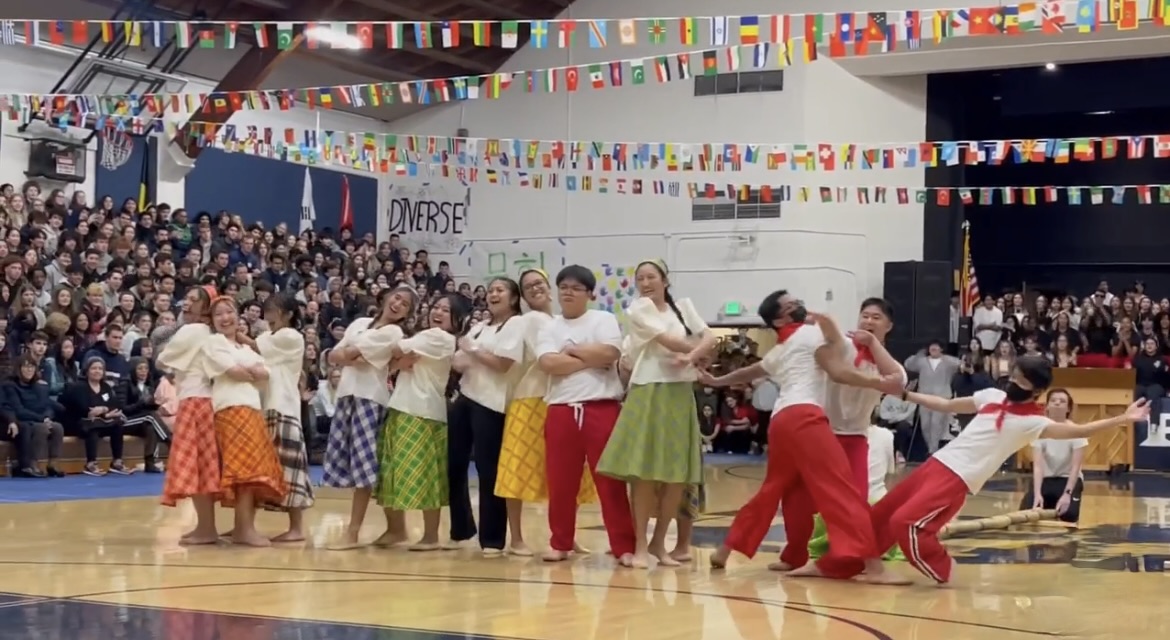From bucket hats, to cardigans, to dresses, crochet can produce a variety of creations. But there’s only one way it can be created: the human hand. Crochet stitches are simply too complicated for a machine to replicate. Because of this, a crocheter will often take hours, days, or even months to finish a project. This causes said project to be priced at around $30 to $100+, depending on hourly wage, cost of materials, and business expenses.
Much of crochet is sold online and at street fairs by local artists. Recently, however, more and more crochet items have been popping up in large fast fashion stores such as Marshalls, Zara, and Target. These items are being sold at very low prices, but behind the price tag, there are 75 million people hard at work. It is estimated that only 2% of this 75 million make a living wage. The rest only make around 49 cents to a dollar an hour, depending on the country. These people work 16 hours a day, 7 days a week, and usually in unsafe working environments. Often, many of these workers are children.
Everett Smith ‘25, a senior who crochets, strongly opposes crochet being in fast fashion, “I don’t like it! Not only does it harm crocheters in small businesses but it guarantees that there are horrible worker conditions. Crochet is taxing on the hand and body and at the speed and demand these fast fashion places work, there is no way it is safe and fair with products being less than 20 dollars. Crochet cannot be copied with a machine so there is no way for it not to be a handmade product.” Izzy Lopez ‘26 , also opposes crochet being in the fast fashion industry, “not knowing how to crochet myself, I used to purchase cheap crochet products online and only realized how undervalued it was when I went to a craft fair and saw the high prices of people’s hard work. Because of this, I felt ashamed of myself and how I hadn’t purchased from an independent business.”

Another issue with crochet fast fashion is the low prices devaluing the entire craft. These low prices set unrealistic expectations for the price of handmade goods. This leads to people becoming reluctant to pay the fair amount for a crochet item, and instead opt for the cheaper, mass produced version. These versions often lack the quality and durability that genuine crochet items have.
So, what can you do? Firstly, you can educate yourself and others about the issue. This will shed more light on the realities of fast fashion industries. Secondly, you can support independent crochet artists. Though they may be expensive, they are a better alternative than supporting fast fashion brands. Finally, you can learn how to crochet yourself! It may take a lot of time and patience, but the end result is always rewarding.
If you ever see a piece of crochet clothing at a fast fashion store, don’t buy it. Support independent crochet artists instead, and by doing so, you’ll be helping to keep the craft alive.








